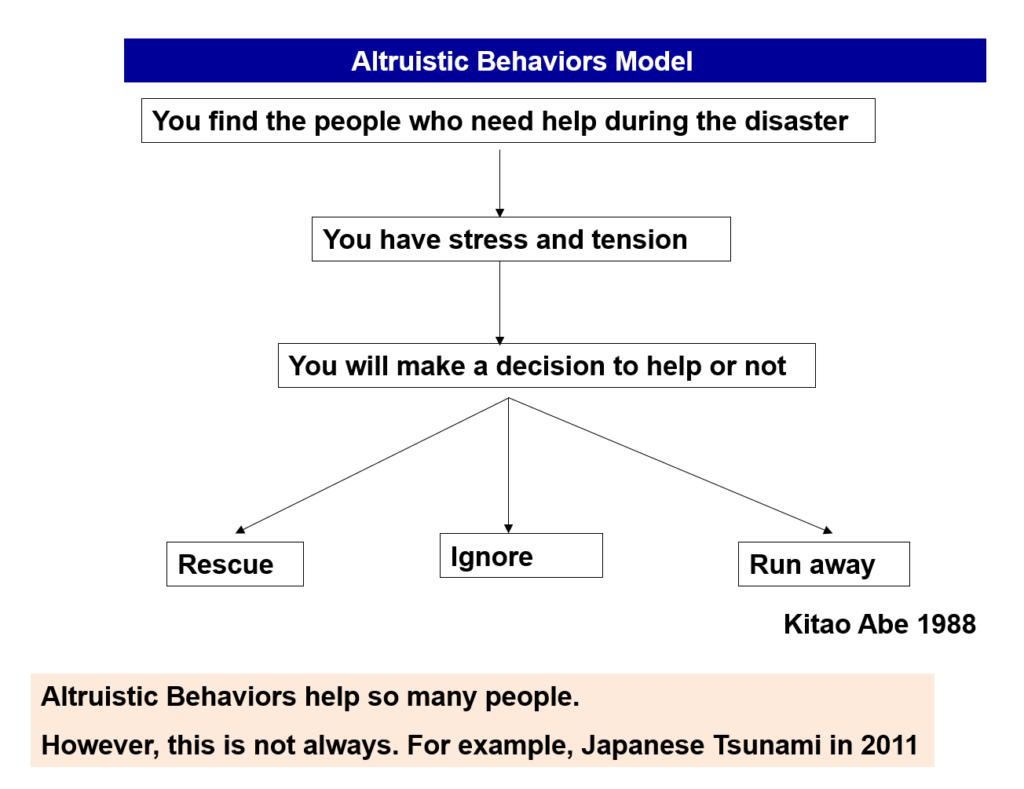Now I am digging up my past experience. The report is a part of the project.
The below past article can be checked for your reference.
https://disasterresearchnotes.site/archives/2975
>>>>>>>>>>>>>>>>>>>>>>>>>>>>>>>>>>>>>>>>>>>>>>>>>>>
Date and time
7 May 2006
Visit
New Orleans Homeland Security and Public Safety Office
(New Orleans City Office of Homeland Security and Public Safety )
Interviewee
Colonel and Director
Subject
Hurricane Katrina Disaster Response
>>>>>>>>>>>>>>>>>>>>>>>>>>>>>>>>>>>>>>>>>>>>>>>>>>
<Contents>
< Work >
The interviewee: Responsible for the Police, fire, EMS (emergency medical services),
and crisis management of cooperation with state, federal and city
< The lessons of Katrina >
The lesson learned is, “We can not rely on external resources. Without relying on the federal (country) government, each person should think they need to protect themselves.” (This is the interview record.)
<Hurricane Katrina-What Happened>
Before Friday (8/26), all the state government was setting evacuation preparation. FEMA staff deployed throughout the city. Eighty percent of citizens evacuated on their own, but many of the rest were unable to evacuate with no means.
The city, about 15,000 civilians, were provided transportation means to be saved in the shelter. Besides, before hurricane landfall on Sunday(8/28), the people in the city who can not evacuate evacuated to Super Dome.
Since the federal government does not permit having a shelter in New Orleans, New Orleans is the only city in the U.S. that does not have a shelter. The Federation and the Red Cross had considered the situation as a dangerous task because of this.
When the hurricane comes, Super Dome became a temporary shelter.

Picture: New Orleans City Hall (on 7 May 2006)
After the hurricane, we had a tough week. After all, approximately 700 people of citizens lost their lives.


